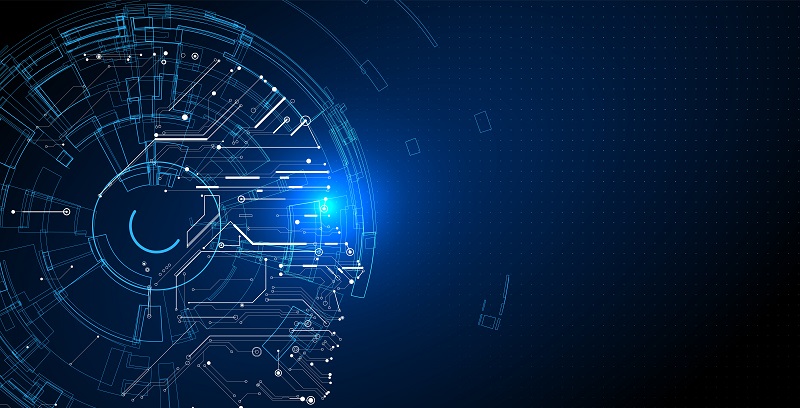Artificial intelligence generated by generative models, commonly known as GenAI, is rapidly reshaping industries and becoming a crucial technological force of the decade. However, with great power comes great responsibility, and the adoption of GenAI comes with its own set of concerns and challenges. This article explores the potential risks, the inevitability of GenAI adoption, the benefits it offers, its game-changing potential, and crucial steps to address the risks while maximizing the benefits.
The Concerns Surrounding GenAI
As GenAI continues to advance, concerns about the risk of private data leakage are growing. Without proper safeguards, there is a possibility that private data could seep into the public domain of data used to train the AI models. This concern is not unwarranted, as data breaches have become increasingly common in recent times. It is vital for organizations to prioritize data protection and implement measures to prevent such leaks. Furthermore, GenAI tools have the potential to “hallucinate” or generate nonsensical or false information. Users may unwittingly accept these fabricated outputs, inadvertently spreading misinformation. This not only poses a risk to individuals but also undermines the trust and credibility of AI technology as a whole.
The Inevitability of GenAI Adoption
While it might make sense to limit the use of consumer-grade GenAI tools, organizations will likely struggle to avoid the technology altogether. GenAI has the capacity to revolutionize multiple industries by reducing the need for highly skilled workers and bridging the talent gap faced by companies. Moreover, GenAI tools can create efficiency in work processes, reducing the time required to perform mundane or repetitive tasks. As technology continues to evolve, embracing GenAI becomes more of a necessity than a choice for organizations striving to stay competitive and innovative.
Benefits of GenAI Implementation
One of the most significant advantages of GenAI lies in its ability to reduce dependence on highly skilled workers. By automating tasks that were once exclusive to experts, GenAI can allow organizations to reallocate valuable human resources towards strategic initiatives, thereby increasing overall efficiency and productivity. Additionally, GenAI can help companies overcome the talent gap by utilizing AI systems to augment and support human employees, filling in the gaps created by skill shortages. This symbiotic relationship between humans and GenAI presents limitless possibilities for growth and innovation.
GenAI as a Game-Changing Technology
GenAI is projected to become one of the most important technologies of the decade, transcending traditional boundaries and transforming various industries and sectors. From healthcare and finance to manufacturing and entertainment, GenAI has the potential to revolutionize processes, drive innovation, and unlock new possibilities. The ability to generate vast amounts of data-driven insights and predictions puts organizations at a significant advantage, enabling them to make informed decisions and stay ahead of the competition.
Addressing the Risks and Maximizing Benefits
To ensure the responsible and effective implementation of GenAI, organizations must establish clear policies regarding its usage, particularly when it comes to consumer-grade tools. Communication of these policies to employees and stakeholders is crucial to avoid potential misuse or misinterpretation of GenAI outputs. By designating a dedicated team responsible for overseeing the implementation of GenAI within the organization, robust processes can be established to assess and manage risks effectively.
Regular evaluation of the impact of GenAI implementations on the organization’s operations, productivity, and bottom line is essential. This includes measuring the accuracy and reliability of AI-generated outputs, addressing any biases or ethical concerns, and continuously refining the models. By leveraging a feedback loop, organizations can ensure that GenAI is continuously optimized, improving decision-making processes and delivering maximum value.
The rise of GenAI brings both risks and rewards. It is imperative for organizations to approach this revolutionary technology with caution, implementing necessary safeguards to mitigate potential risks. By leveraging the benefits of GenAI, organizations can tap into its transformative potential, augmenting human capabilities and driving growth and innovation. Informed decision-making, careful implementation, and continuous evaluation are key to unlocking the true power of GenAI, for the benefit of all.

